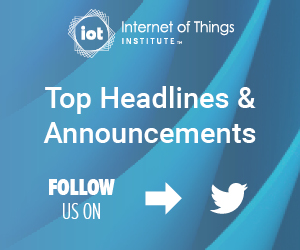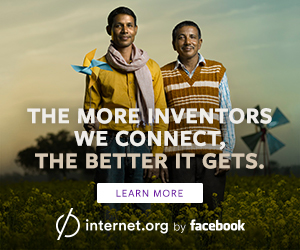For a couple of years now, we have seen how spokespersons for all the phone companies, internet providers and mobile manufacturers have been talking endlessly about the “internet of things”, associating the concept with the next mobile connectivity standard, 5G.
The problem is that this association has made the user perceive the concept as something abstract and confusing.
The origin of the term internet of things
The term “Internet of Things” or IOT is a concept that has been talked about since the early 1990s. However, some cite 1982 as the birth of the IOT.
The interface was connected to the Arpanet network, the forerunner of today’s Internet, and had sensors that recorded the status of the lights in the vending machine. The lights of the machine were switched on and off depending on the availability of the drink and after the sale of a drink.
But what exactly is the internet of things?
“Internet of things” is a term used to refer to the connection of everyday physical objects to the internet. The term is used to emphasize things rather than people connected to the internet.
In the 1990s, websites and .coms were the main obsession. The Internet was a source of data and users (people) could access that data from anywhere in the world.
However, since 2000, the Internet began to become more versatile and was beginning to be understood as an infrastructure that allowed everything and everyone to be connected to the network.
Internet examples of things
IOT is not something from the future. It is a reality that has been present in everyday life for more than a decade. We have long had IP cameras connected to the Internet or controlled specific elements of our home such as heating or boiler from our smartphone.
Those cameras or the boiler are the “things” connected to the internet
Examples of Industries and sectors that benefit from IOT
- Supply Chain Management and Retail: Inventory management, proximity-based advertising, restaurants and hospitality providers.
- Home automation: Lighting, security, environment control, etc.
- Health and Fitness: Wearables, scales, blood pressure monitor, combs, etc.
- Automotive: Door opening and closing, engine metrics, alarm systems, location detection, routes, etc.
- Agriculture: Smart farming to monitor humidity, air temperature, soil quality, etc.
- Logistics: For cargo management, transport and shipping. Location of products and plots. Storage conditions during transport, etc.
What is 5G?
5G is the acronym for “5th generation”.
Beyond the name created for marketing purposes, 5G is a term and standard associated with the connectivity system that will be used by future wireless devices.
They will use the so-called “5G NR” (5G New Radio), which is the radio access technology that will be used in the next generation of mobile networks. It will be the global standard for the radio interface of 5G networks.
Basically, each new generation improves bandwidth, latency, connectivity on the move and energy efficiency over the previous generation by using new algorithms in data transmission and using new radio frequencies.










